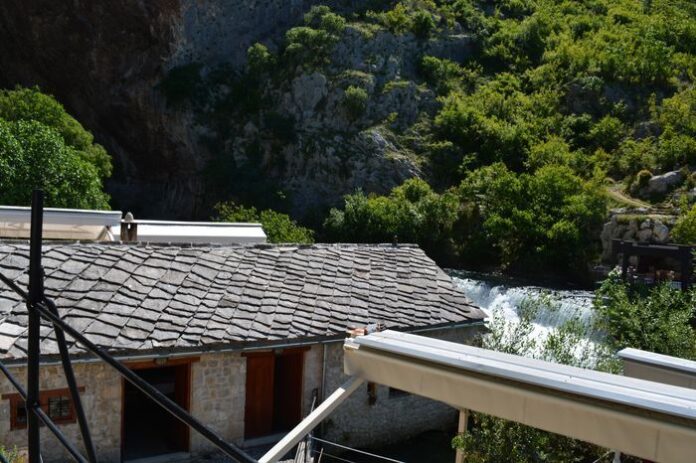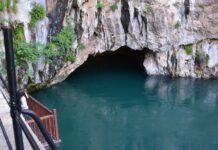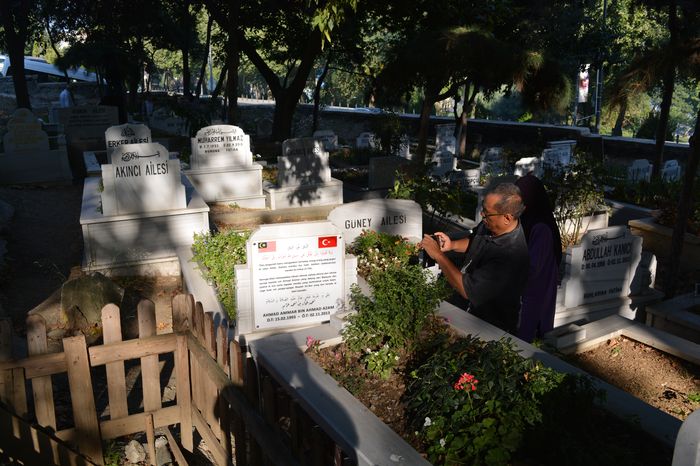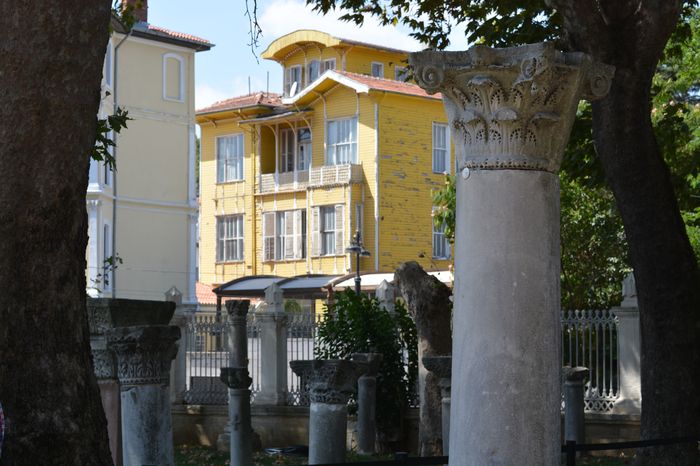An Imperial Residence
The ruins of a Byzantine palace, today commonly called Tekfur Sarayı, are located next to the Porta Xylokerkou (now near Edirnekapı) in Istanbul. This building was once known as the Palace of the Porphyrogenitus (Greek: τὸ Παλάτιον τοῦ Πορφυρογεννήτου), meaning “Palace of the Purple-born”. The title “Porphyrogenitus” referred to a child born to a reigning emperor, especially one born in the imperial purple chamber Structure of the Palace Complex.
This palace served as an annex to the larger and more important Palace of Blachernae, which stood further down the hill in the same neighborhood. Together, the two formed the main imperial complex of the later Byzantine Empire, especially after the Great Palace near the Hippodrome fell out of use Customised Private Istanbul Tour.
Misidentification as the Palace of Hebdomon
The 16th-century historian Gyllius mistakenly identified Tekfur Sarayı as the Palace of Hebdomon. Although this opinion was accepted by some over time, it contradicts clear historical and geographical evidence.
The real Hebdomon suburb was located at Makriköy, along the Sea of Marmara, far to the southwest of the current Tekfur Sarayı site. Therefore, the Palace of Hebdomon must have been situated somewhere in that coastal area, not in the landward part of the city where Tekfur Sarayı stands.
Historical Evidence from the Siege of 1453
Stronger support for the correct identification of Tekfur Sarayı comes from Critoboulos, a historian who described the siege of Constantinople in 1453. He wrote that the left wing of the Ottoman army stretched from Xylokerkos Gate (near the Golden Horn) to the Palace of the Porphyrogenitus, which was located on a slope, and then extended further to the Gate of Charisius (today’s Edirnekapı).
This description perfectly matches the location of Tekfur Sarayı, which sits on a steep hill between Eğrikapı and Edirnekapı, supporting its identification as the Palace of the Porphyrogenitus.
Connection with the Palace of Blachernae
Other historical sources also confirm that the Palace of the Porphyrogenitus was close to the Blachernae Palace. For example, when Andronicus III marched into Constantinople in 1328 to seize power from his grandfather Andronicus II, he entered through the Gate of St. Romanus and stayed in the Palace of the Porphyrogenitus. His goal was to be near his grandfather, who was residing in the Palace of Blachernae.
This is further proven by reports that peasants who saw the younger Andronicus enter the city ran to inform the guards at the Gyrolimne Gate, a small gate that led directly to the Blachernae Palace.
All the historical and geographical evidence strongly supports that the Tekfur Sarayı we see today is indeed the Palace of the Porphyrogenitus. It was an important part of the imperial complex of Blachernae, closely associated with the final centuries of the Byzantine Empire. Despite its current ruined state, the palace remains one of the few surviving examples of Byzantine secular architecture and a reminder of Constantinople’s imperial past.







